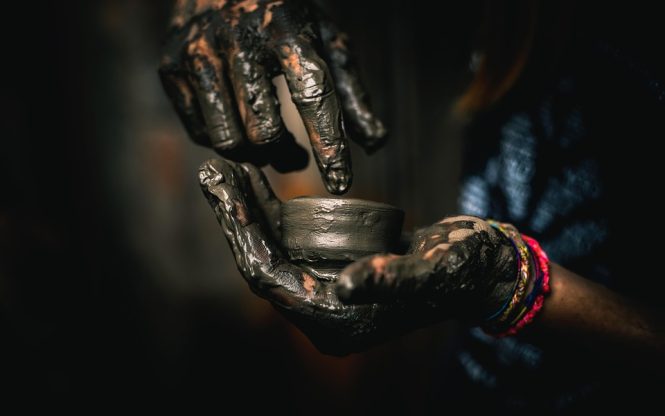
The Art of the Backhand: Two-Handed vs One-Handed
In the world of tennis, the backhand is a fundamental stroke that can make or break a player’s game. While both two-handed and one-handed backhands have their advantages and disadvantages, the debate between the two styles has been a longstanding one among coaches, players, and enthusiasts. In this article, we’ll delve into the art of the backhand, exploring the differences between two-handed and one-handed backhands, and examining the pros and cons of each style.
Two-Handed Backhand: Power and Stability
The two-handed backhand is a popular choice among players, particularly at the junior and recreational levels. This style involves holding the racket with both hands, one hand on either side of the grip, and using both arms to generate power and control. The two-handed backhand is known for its:
- Increased power: With two hands, players can generate more power and speed, making it easier to hit winners and penetrate their opponent’s defenses.
- Improved stability: The two-handed grip provides more stability and control, allowing players to absorb the impact of the ball and maintain their balance.
- Reduced risk of error: The two-handed backhand is often considered more forgiving, as the second hand helps to stabilize the racket and reduce the risk of mishits.
However, the two-handed backhand also has its limitations. It can be:
- Less versatile: The two-handed grip can limit a player’s ability to generate spin and angle, making it more difficult to hit shots with varying degrees of trajectory and speed.
- More difficult to maneuver: The two-handed backhand can be more challenging to use in tight spaces or when facing sharp-angled shots, as the racket head is more difficult to manipulate.
One-Handed Backhand: Finesse and Agility
The one-handed backhand, on the other hand, is a more traditional and elegant style that requires a great deal of technique and finesse. This style involves holding the racket with one hand, using the arm and wrist to generate power and control. The one-handed backhand is known for its:
- Increased spin and angle: The one-handed grip allows players to generate more spin and angle, making it easier to hit shots with varying degrees of trajectory and speed.
- Improved agility: The one-handed backhand is more agile and easier to maneuver, allowing players to quickly respond to sharp-angled shots and recover from defense.
- Greater versatility: The one-handed grip provides more flexibility and adaptability, enabling players to hit a wider range of shots, from slice to topspin.
However, the one-handed backhand also has its challenges. It can be:
- More error-prone: The one-handed backhand is often considered more difficult to master, as the player must rely on a single hand to generate power and control, increasing the risk of mishits and errors.
- Less powerful: The one-handed backhand can be less powerful than the two-handed style, particularly for players with less developed strength and technique.
Conclusion: Choosing the Right Style
Ultimately, the choice between a two-handed and one-handed backhand comes down to personal preference, playing style, and individual strengths and weaknesses. While the two-handed backhand offers power and stability, the one-handed backhand provides finesse and agility. Players who prefer a more aggressive, powerful game may opt for the two-handed style, while those who emphasize strategy and finesse may prefer the one-handed approach.
Coaches and instructors can help players develop their backhand by focusing on proper technique, footwork, and racket control. By understanding the pros and cons of each style, players can make informed decisions about their game and develop a backhand that suits their unique needs and abilities.
In the end, the art of the backhand is a nuanced and complex aspect of tennis, requiring a deep understanding of technique, strategy, and individual style. Whether players choose the two-handed or one-handed approach, the key to success lies in mastering the fundamentals and developing a consistent, effective backhand that can help them dominate on the court.